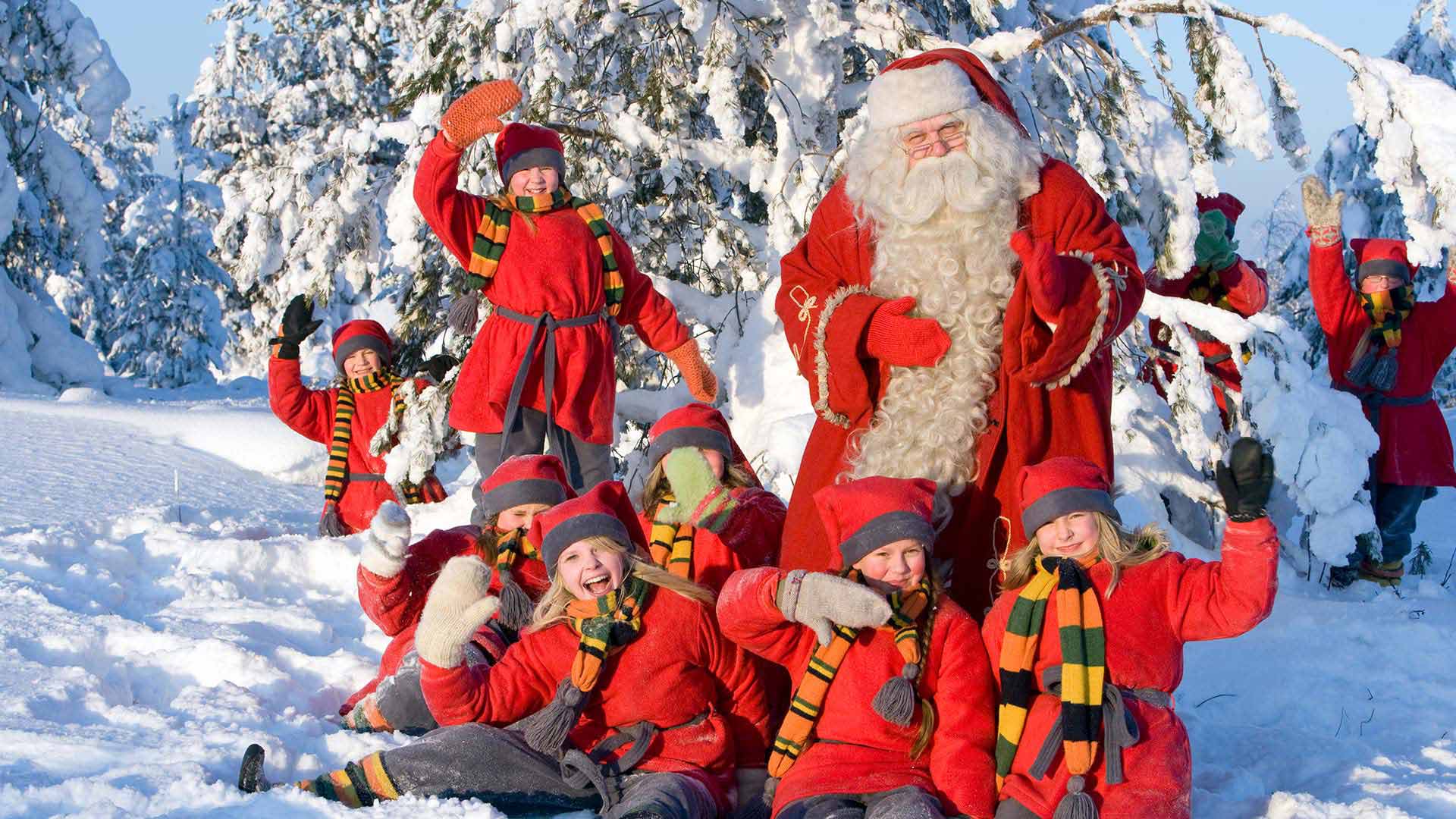
The creation of nativity scenes is a tradition in Slovenia that dates back several hundred years. Though the creation of nativity scenes to display in the home is common, live publicly viewable nativity scenes have grown in popularity.
The best-known live nativity scenes are those in Postojna Cave and at Ljubljana's Franciscan Church on Prešeren Square.
Christmas trees are decorated in Slovenia, more often now with purchased decorations than with homemade decorations like in olden times. Evergreen decorations and wreaths are also seen in Slovenia during Christmas time.
Santa Claus in Slovenia
Slovenia's Santa Claus tradition pulls from many other European traditions. Children in Slovenia can receive gifts from St. Nicholas, Baby Jesus, Santa Claus, or Grandfather Frost. St. Nicholas visits on St. Nicholas Day, December 6. Santa Claus or Baby Jesus visits on Christmas, and Grandfather or Father Frost may appear at the New Year.
Other Christmas Traditions
:fill(transparent,1)/1020px-Ded_moroz_belarus_1-59673e333df78c160ee81531.jpg)
:fill(transparent,1)/1020px-Ded_moroz_belarus_1-59673e333df78c160ee81531.jpg)
The Christmas holiday is also marked by the burning of incense, the preparation of special foods, like the Christmas sweet bread loaf called potica, the sprinkling of holy water, and the telling of fortunes.
Traditionally, a pig was slaughtered before Christmas, so pork may be prepared for the Christmas meal.

Comments
Post a Comment